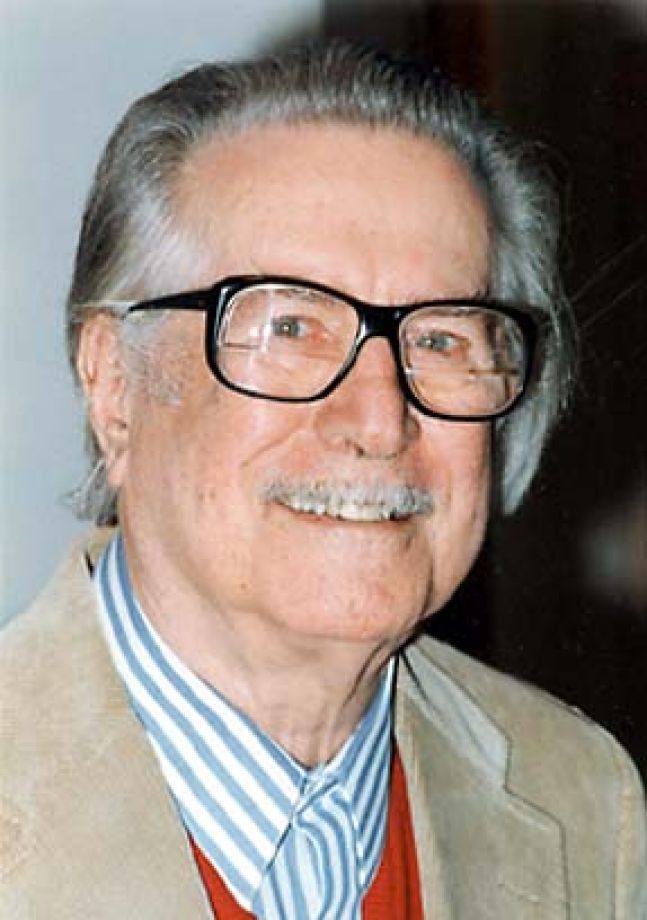Frank F. Ehrenthal
1910 - 2003

Frank Ehrenthal, noted urban planner and architect, passed away on August 2, 2003, aged 93.
Ferenc Frederik Ehrenthal was born in Budapest, Hungary in 1910. From a young age he was determined to be an architect and was studied at the University of Florence, Italy, earning a doctorate in architecture in 1935.
After spending four years as an architect in Milan, Ehrenthal emigrated to the United States in 1939, anglicizing his name to Frank. He settled in New York and worked as an architect until joining the naval architecture firm, George Sharp Inc. in 1942. There he helped to design destroyer escort ships and escort aircraft carriers that protected cargo vessels from enemy submarines as the convoys crossed the Atlantic; these proved vital for the war effort.
In 1945 Ehrenthal moved to San Francisco and established an architectural practice, designing an array of buildings over the next 18 years.
His academic career in architecture and urban design began in 1963 when he was invited to join the faculty at Penn State University. He moved to Oklahoma State University in 1965 and then to Virginia Polytechnic Institute in 1968, where he stayed until retirement as Emeritus Professor in 1980. There he was instrumental in creating the Graduate Division of Environmental and Urban Systems, elevating the importance of integrated planning in the public domain. He also led the research and design efforts that eventually created the bus stop shelters seen in many cities.
In 1981, he founded Architects, Designers, Planners for Social Responsibility, an organization that promotes disarmament, protection of the environment and responsible planning practices.
Ehrenthal belonged to the Unitarian Church all his life. Throughout his life and career, he was dedicated to Unitarian-Universalist principles and was a member of local congregations wherever he lived. His architecture is found in a number of Unitarian-Universalist churches located throughout the U.S. including The Starr King School for the Ministry in Berkeley, California, and the Sepulveda Unitarian Universalist Society church which was recognized as “one of the most distinctive ecclesiastical buildings in all of Southern California.” It was designated a Los Angeles Historic-Cultural Monument in 2009.
He wrote a book tracing the origins of Unitarianism among the Hungarian Szekely people and the relationships between Unitarianism and early Christianity in Eastern Europe and Asia. From Mongolia to Transylvania: Szekely Origins and Radical Faith: The Birth of Unitarianism uses source material written in archaic languages and brings to light little known information about Eastern European history within a geographic context. This work of scholarship was published posthumously by his family in 2014.